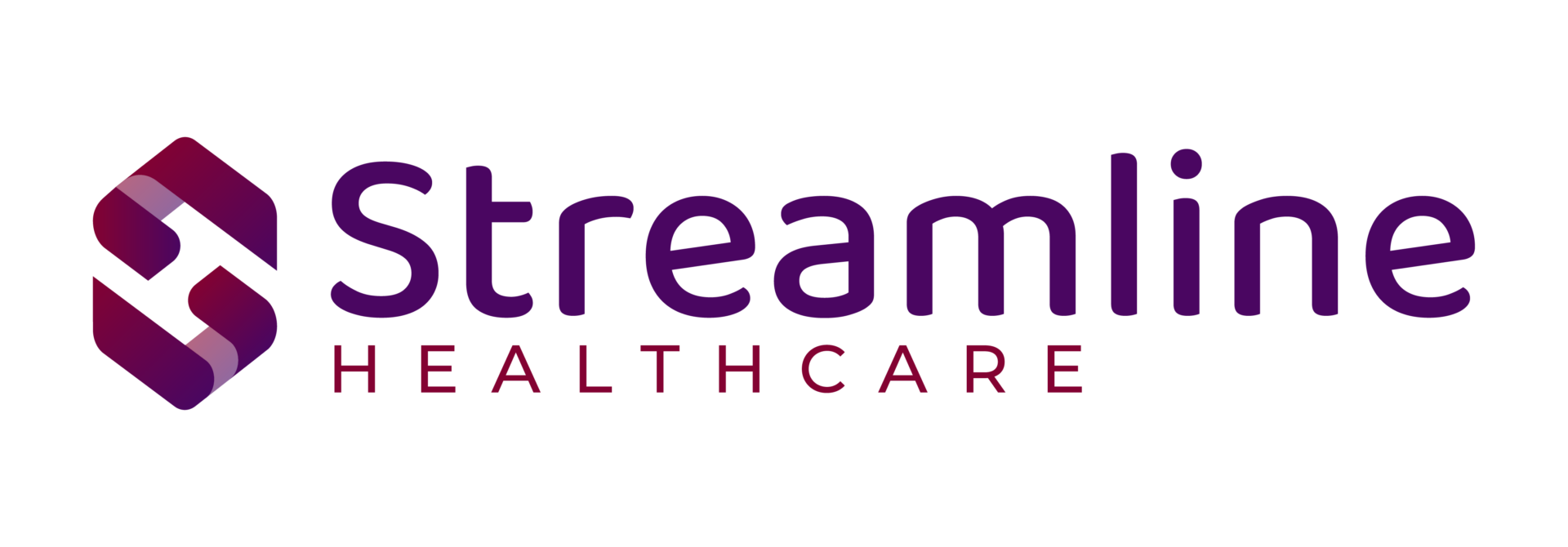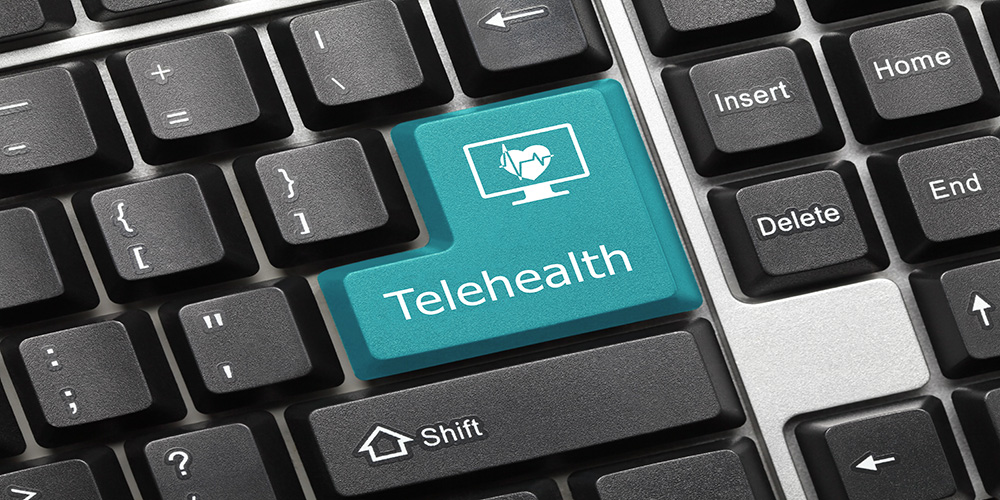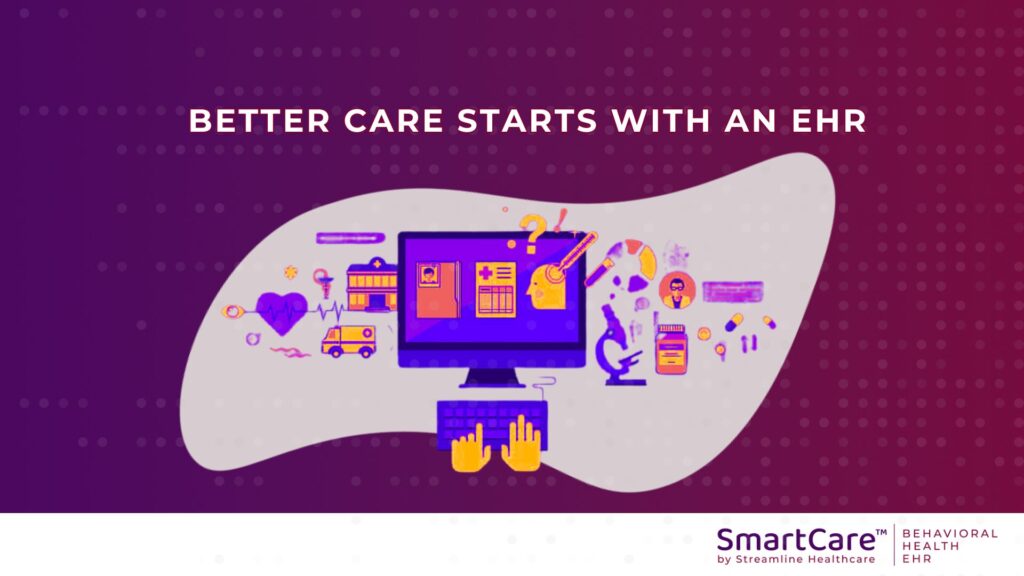Innovation in healthcare technology, from EHR software to videoconferencing software to patient monitoring devices, has contributed to significant growth in telehealth. More recently, both physical and behavioral health providers have offered telehealth to their clients to reduce in-person and prevent viral spread during the COVID-19 public health emergency. Because of this, the U.S. federal government has encouraged more providers to adopt and use telehealth appropriately.
However, many behavioral health providers had not yet implemented a telehealth program when the COVID-19 emergency began. Behavioral health organizations may be concerned about the financial or time costs of adding telehealth solutions and training staff. Providers may be concerned about whether telehealth solutions can adequately protect client privacy and data. Fortunately, there are many methods and resources for addressing these concerns.
Why should you implement telehealth?
Telehealth carries many broad benefits for healthcare, but you should also determine what value it holds for your specific agency and clients. Rather than implementing telehealth “just because,” you should first identify exactly what you want your telehealth program to accomplish. This will help you better plan and direct your organization’s implementation.
You may want to launch telehealth for a variety of possible reasons, including:
- To reduce the risk of disease transmission from in-person appointments
- To conduct initial consultations to determine if a new client is a good fit for the practice
- For use in urgent or “walk-in” visits
- To reduce no-shows and other costs
What do behavioral health organizations need in order to implement telehealth?
Behavioral health providers may think they need a lot of complicated equipment and software to offer telehealth. In fact, you may be surprised to learn how little equipment is required to begin.
Essentially, behavioral telehealth only requires a telephone or a device (computer, tablet, or smartphone) with an Internet connection. Under new rules implemented for the COVID-19 Public Health Emergency, providers are permitted to use any non-public facing application in their patient’s communications without federal penalty, even if the application does not technically comply with HIPAA.
However, providers are still expected to conduct their telehealth visits in private settings, such as a clinic or office. If a private setting cannot be secured, then providers should use reasonable, HIPAA-friendly safeguards that can reduce the risk of incidental use or disclosure of a client’s protected health information (PHI). This includes moving away from others and not using the speakerphone feature.
Make sure your informed consent policy also covers your telehealth program. Your clients should be made aware of any confidentiality and privacy issues that may come up, especially if the application you use is not technically HIPAA-compliant.
Licensing is another telehealth concern that has been relaxed in response to COVID-19. Generally, clinicians must be licensed to provide behavioral health services in the client’s state. Some states, however, have eased these rules for the current public health emergency. Providers should remain vigilant regarding their states’ ongoing requirements.
How can I find the right telehealth vendor?
While it’s true that your behavioral telehealth services don’t need a lot of equipment or health IT solutions, working with a vendor can give you access to additional services. This is a good option for organizations that want to optimize telehealth for both clinicians and clients.
First, consider what telehealth solutions you may already have on hand. Your EHR software or patient portal, for example, may already include some telehealth capabilities.
Once you know what solutions you may (or may not) have already, it is time to decide what else you would like your telehealth solution to offer. This will help you identify the vendors that best meet your needs. Some of the features you may want your telehealth platform to offer may include:
- Certain types of data protections
- No need for additional equipment
- Waiting room feature when clients sign in
- Ability to schedule or eprescribe from the platform
- Ease of use for clients
- Ability for clients to upload their own paperwork, information, or consent agreements
- Compatibility with existing EHR software
- 24/7 customer service or troubleshooting options
Once you know what you want in a telehealth platform, you are better prepared to select a vendor. When researching potential vendors, consider the following:
- Choose a vendor experienced in HIPAA compliance and protecting PHI, especially if you want to include additional privacy protections beyond what is currently required.
- Identify those vendors that use HIPAA business associate agreements when they provide video communication products.
- Ask how they protect PHI and back up data.
- Determine whether additional equipment or applications will be needed, either for the practice or the client.
- Ask whether the vendor offers installation, training, and other services related to implementation.
- Identify whether the software is offered as part of a reseller agreement.
- Ask what contracts or commitments are required.
Where can I find additional telehealth information and resources?
Several government health agencies, medical associations, and other groups have shared online resources to help answer questions about delivering services through telehealth, especially during the COVID-19 emergency.
- The National Telehealth Technology Resource Center has created the Clinician’s Guide to Video Platforms, including understanding the program from the client’s point of view.
- The Mid-Atlantic Telehealth Resource Center is offering a toolkit for telehealth specifically during COVID-19. This includes a few resources for mental/behavioral health clinicians and practices looking to implement telehealth.
- The Northwest Regional Telehealth Resource Center has provided a series of videos specifically for behavioral health providers offering telehealth. This information includes setting up your telehealth program as well as clinical considerations.
- Find more region-specific help, including Telehealth Resource Centers (TRCs), through the National Consortium of Telehealth Resource Centers (NCTRC).
Even though some states relax their COVID-19 restrictions and more clients return to in-person visits, use of telehealth is expected to continue its growth worldwide. By working with a trusted EHR that integrates with your telehealth services, you can ensure the best experience and outcome for you and your clients.
Streamline Healthcare Solutions is prepared to work with your behavioral health practice so you can achieve your telehealth goals. Contact the expert team at Streamline today and ask us how we can help.




